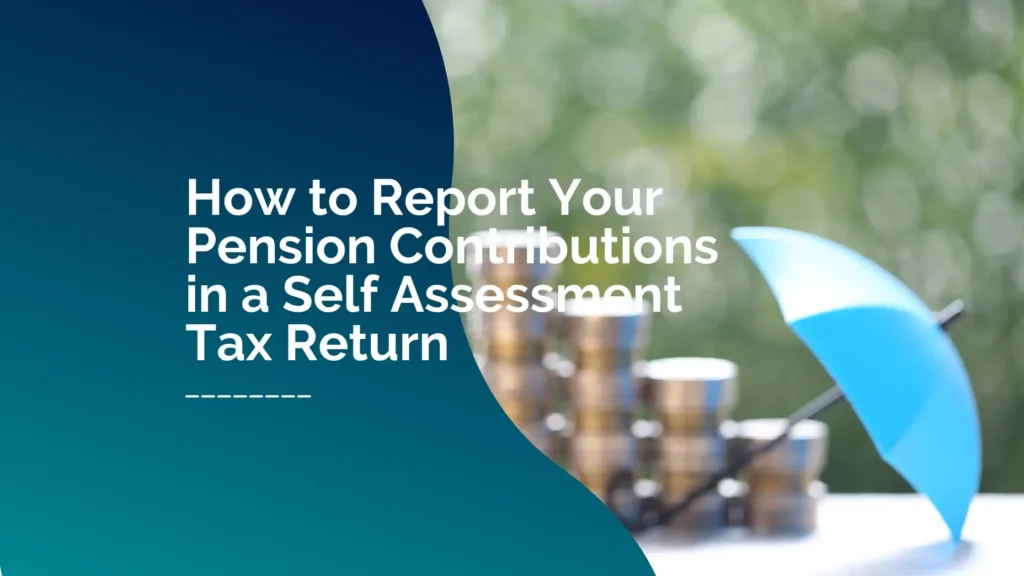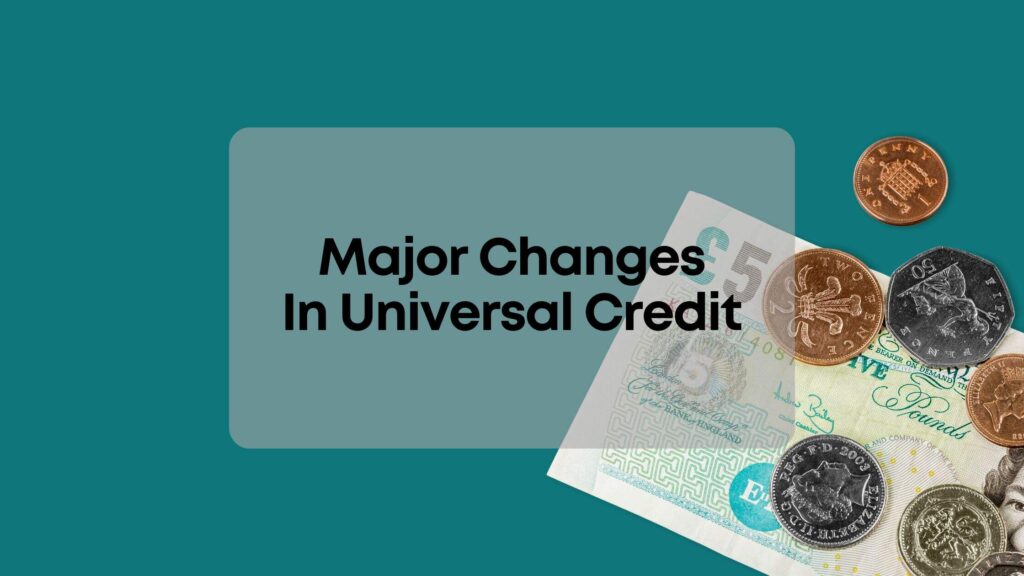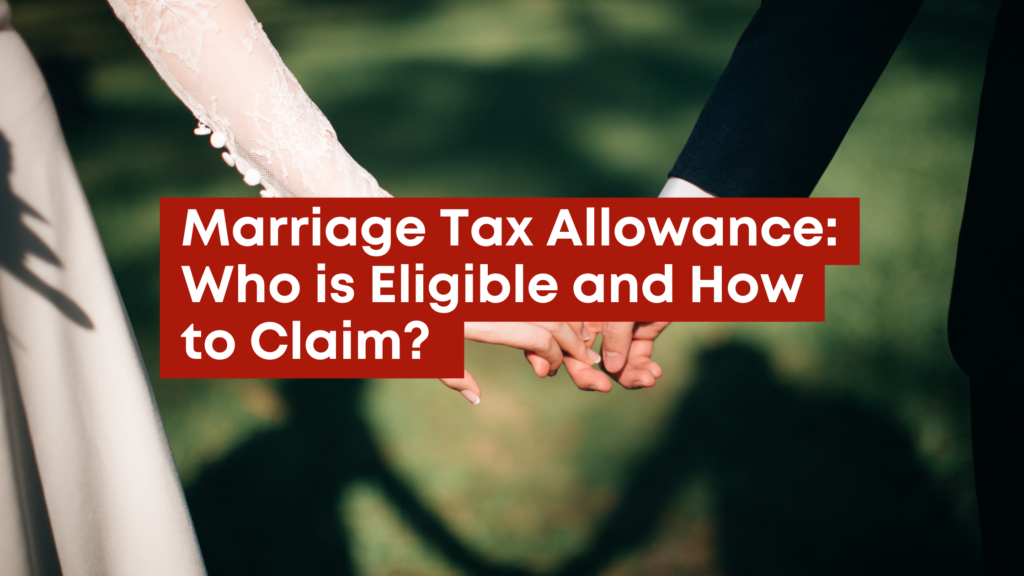When it comes to completing your Self Assessment tax return, understanding your pension contributions is key. Getting this right you claim all the tax relief you’re entitled to while avoiding mistakes. Start by identifying the type of pension you contribute to:
- Workplace pension – Contributions made by you and/or your employer. These are often the most common for employees.
- Personal or private pension – Contributions you make yourself into a personal pension plan.
Next, consider how your contributions are handled:
- Relief at source – Tax relief is automatically added to your pension contributions, so it’s already factored in.
- Net pay arrangement – Contributions are deducted from your salary before tax, which can affect how you report them.
knowing exactly what type of pension you have and how it’s structured, you can confidently fill in your Self Assessment, claim the relief you deserve, and make sure your financial planning stays on track. Reporting pensions correctly isn’t just a formality, it’s a smart way to make the most of your hard earned money.
Check If You’re Eligible for Tax Relief
Most pension contributions are eligible for tax relief, but it’s important to understand how much you can claim to make the most of your savings.
- Standard relief – Most contributions automatically qualify, reducing your taxable income.
- Higher or additional rate taxpayers – If you pay tax at a higher rate, you may be able to claim extra relief, giving your pension an even bigger boost.
- Annual allowance – Be mindful of limits. In the 2025/26 tax year, contributions should not exceed £60,000, as anything above this may incur additional tax charges.
Conditions apply, as the £60,000 limit can be affected by factors such as tapered annual allowance or threshold income.
Gather Your Pension Contribution Records
Before completing your Self Assessment, it’s essential to have all your pension contribution records organised. This make sure your reporting is accurate and that you claim the correct tax relief. For Self Assessment, taxpayers only report gross contributions (the total of your personal payment plus any tax relief added).
Documents to collect:
- Statements from pension providers – showing contributions and any relief added automatically.
- Payslips or payroll summaries from your employer – detailing any contributions deducted or paid on your behalf.
- Receipts or confirmations of personal contributions – for contributions made outside of payroll.
Having these records ready will make completing your tax return smoother and give you confidence that you’re claiming everything you’re entitled to.
Don’t Delay Submit your Self Assessment Before The Deadline
Submit your tax return by 31 January to avoid late filing penalty. Swiftacc offers expert Self Assessment tax return services, starting at just £99.
Book an AppointmentWhatsApp UsCalculate the Right Amount
To report your pension contributions accurately, it’s important to know how your pension scheme works:
- Relief at Source – Include both the contributions you personally paid and the basic rate tax relief your provider has already added. This ensures your Self Assessment reflects the full value of your contributions.
- Net Pay Arrangement – Contributions are taken from your salary before tax, so they’re usually already accounted for in your taxable income. You generally don’t need to add anything extra unless you’re claiming higher-rate tax relief.
Understanding which method applies to your pension, you can calculate the correct figures and make sure your tax return is accurate, avoiding mistakes or missed relief.
What to Do if You Exceed the Annual Allowance for Pension Contributions
If your pension contributions go over the annual allowance, it’s important to report the excess correctly. Include these contributions in the ‘Pension savings tax charges’ section of your Self Assessment. Exceeding the allowance may mean you need to pay additional tax on the extra contributions. Reporting it accurately ensures you stay compliant with HMRC rules and avoid unexpected penalties.
Submit Your Self Assessment on Time
Before submitting your Self Assessment, double-check all the figures to ensure they are accurate. Submit your return either online or by post before the official deadline to avoid penalties. Keep all supporting documents, such as pension statements and receipts, handy in case HMRC asks for evidence to verify your claim. Staying organised and submitting on time helps ensure a smooth and hassle free process.
How Higher Rate Taxpayers Can Claim Additional Pension Tax Relief
If you’re a higher rate taxpayer, you can boost your pension tax relief by reporting your contributions in your Self Assessment. HMRC will then adjust your tax to include the extra relief, helping you get the full benefit and lower your overall tax bill.
Final Thought
Correctly reporting your pension contributions in your Self Assessment make sure you get the tax relief you’re eligible for. Start by identifying your pension type, gathering all relevant records, and understanding how your contributions are handled, whether through relief at source or a net pay arrangement. Calculate the correct amounts, check if you exceed the annual allowance, and submit your return on time.





